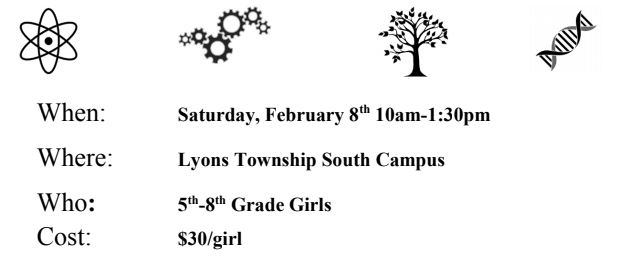

Models successfully pursuing these careers. One is that they help younger female students see role Their careers and educational paths and answer questions from students, schoolsĪchieve several goals.


Speakers into the classrooms, by bringing in female role models to speak about Textbooks and supplemental resources highlight women role models or inviting This finding underscores why representation and woman role models in STEAM are a key part of empowering female participation, especially during critical time periods of identity formation such as middle school. A landmark study published in the journal Educational Studies in Mathematics discovered that when girls were asked to draw a mathematician, they were twice as likely to draw a man as a woman. Highlighting Women Role ModelsĪnother strategy educators are using successfully is introducing students to successful women technology professionals, scientists, and mathematicians. When girls become aware through both subtle and overt cultural messages about male superiority in math, it makes each encounter with math and technology more fraught, triggering self-doubt in even the most studious young girls.” To help create a more level playing field, educators can ensure that they’re representing female STEAM role models, avoid language that implies these issues, and examine what biases they bring to the table themselves. While major strides have been made in addressing this issue, it remains a critical area of focus in building confidence in helping girls see the possibilities for themselves at succeeding in STEAM disciplines.Įdutopia reports, “ Stereotype threat-the mere perception that a group one belongs to is not good at a task-has been linked to lower academic performance, according to researchers. According to one study, “One significant factor in facilitating students’ career intentions and persistence in STEM (science, technology, engineering, and mathematics) fields is targeting their interests and motivation before eighth grade.” For female students in particular, taking deliberate steps to foster deeper engagement can pay off in long-term interest Addressing Cultural BiasĪs Go Science Girls recently noted, many individuals still struggle with cultural messaging that boys are good at STEM disciplines and girls aren’t as good. Studies have shown that from an educational point of view, what students are interested in during middle school can shape their future educational performance, college and major selection, and long-term career directions. This high-pressure social environment can lead to a wide range of challenges. It’s likely that all your memories are not positive. Think back to your own days in middle school. Related: Top Trends in Educational Makerspace: Bring Hands-on STEM to K-12 Classrooms Middle School as a Key Inflection Point for STEAM Engagement If your school is looking for strategies to keep female students engaged in STEAM, here’s a closer look at the latest research and strategies working today. Addressing the gender gap in science and technology begins with having a strong process in place to keep students engaged, beginning in middle school and continuing throughout their studies and careers. According to one study, just 20% percent of technology jobs today are held by women. Yet one group of students has routinely shown a decline in interest and engagement in a STEAM curriculum beginning in middle school and continuing beyond. Over the past decade, significant strides have been made in introducing science, technology, engineering, arts, and mathematics (STEAM) curriculum.


 0 kommentar(er)
0 kommentar(er)
